13 Types Of Mushrooms + The Best Way To Use Them
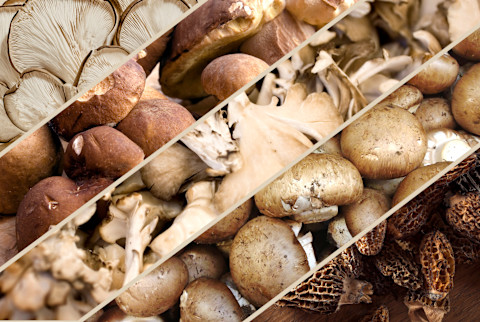
Mushrooms can be an acquired taste and texture for some, but the meaty veggies are full of health benefits. Depending on the variety, mushrooms are rich in vitamins and minerals, like vitamin D, potassium, selenium, and copper, says culinary and integrative dietitian Marisa Moore, MBA, RDN, L.D. Plus, they're incredibly versatile.
"They can take on any flavor or texture," registered dietitian Aja Gyimah, MHSc, R.D., tells mbg, "it just depends on how you cook them."
So while you may keep only a few types of mushrooms in your cooking rotation, there are plenty out there to choose from. These 13 popular varieties offer a range of uses and health benefits:
Shiitake mushrooms
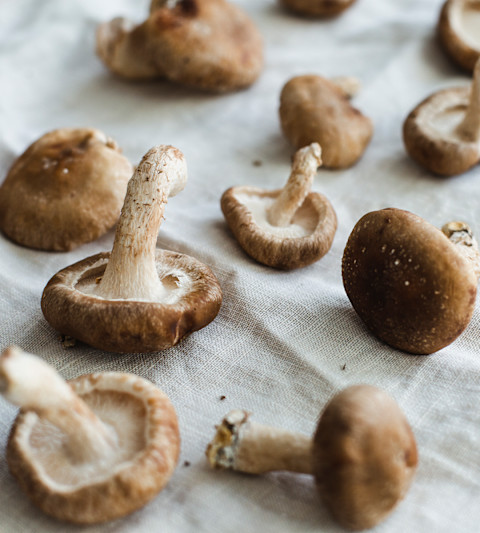
Shiitake mushrooms are native to East Asia and commonly found in Asian cuisines. These earthy-tasting mushrooms are distinguishable by their rounded brown tops, resembling an umbrella. They are high in fiber, which can help support digestion and heart health1, registered dietitian Brenna Wallace, M.S., RDN, LDN, says.
Best for: Sautés, stir-fries, ramen. "They can also be found in medicinal mushroom blends in tinctures and dried products," integrated immunologist Heather Moday, M.D., says. However, the best way to get the benefits is by eating them.
Portobello mushrooms
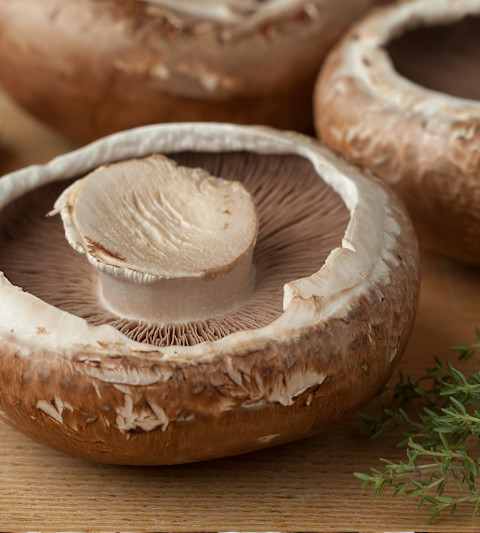
Portobello mushrooms are large in size with a flat cap. They have a dense, meaty texture and are commonly used in Italian dishes or as a plant-based substitute to meat. According to Wallace, they're a great source of potassium, which can help manage high blood pressure2.
Best for: Hamburgers (they can replace the bun for a gluten-free burger, or the patty for a plant-based burger), tacos, or other hearty "meat" dishes, like pot roast.
Maitake (Hen of the Woods)
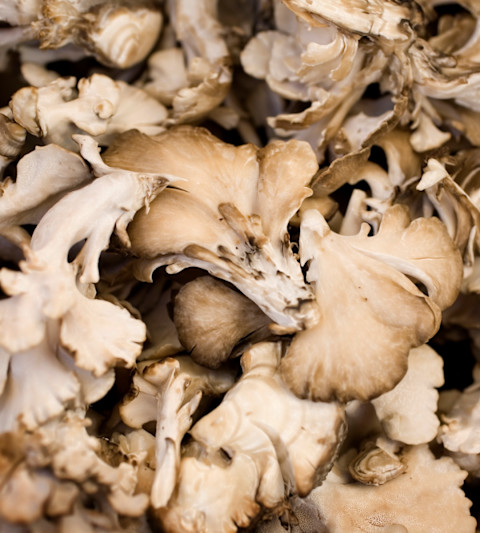
Maitake mushrooms are also called hen of the woods mushrooms. They grow in a cluster at the bottom of trees and offer a rich umami flavor. These mushrooms have potent medicinal properties and become even more powerful when combined with shiitake mushroom extract3, according to Moday.
Best for: Any dish that would normally benefit from mushrooms (pizza, omelets or egg scrambles, pasta, etc). Also found in tinctures or supplement form for its potential antiviral and immune-supporting properties.
Reishi mushrooms
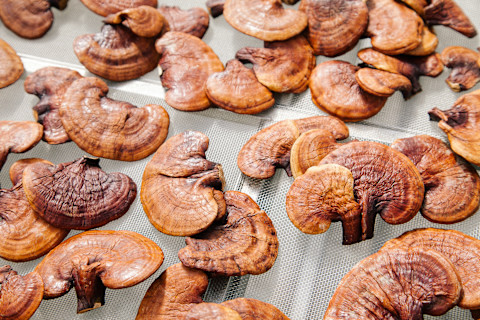
Reishi mushrooms are tough, woody, and inedible mushrooms that primarily grow in Asia. Their healing properties4 have been recognized and used in Eastern medicine for more than 2,000 years. According to Moday, they have been shown to support the immune system5 and combat viruses, like herpes6 and certain strains of the flu7.
Best for: Immune support and can be found in capsule, powder, and tincture form.
Cremini mushrooms
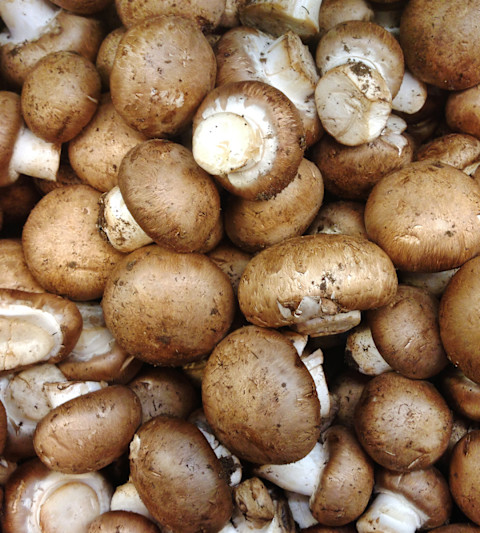
Cremini mushrooms (also spelled crimini) are in the same family as white button and portobello mushrooms. In fact, cremini mushrooms are essentially just the baby version of portobellos, which is why they're often dubbed "baby bellas." They have the same meaty flavor and firm texture as their more mature counterpart. Cremini mushrooms are also high in selenium and antioxidants to help manage inflammation, Wallace adds.
White button mushrooms
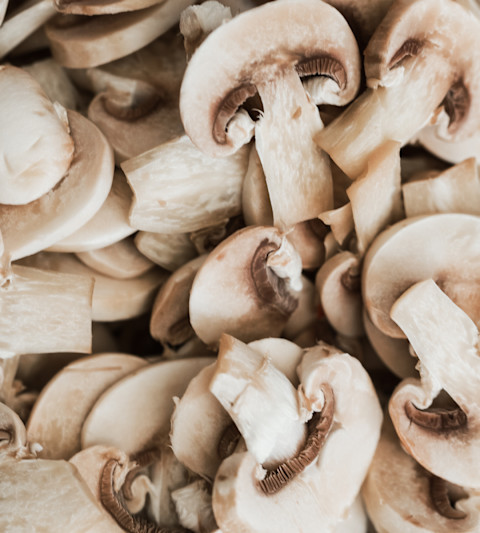
Just as cremini mushrooms are the younger version of portobellos, white buttons are the younger version of creminis. These are generally the most common type of mushrooms found in grocery stores.
Best for: Pizza, chili, pasta or pasta sauce, omelets.
Oyster mushrooms
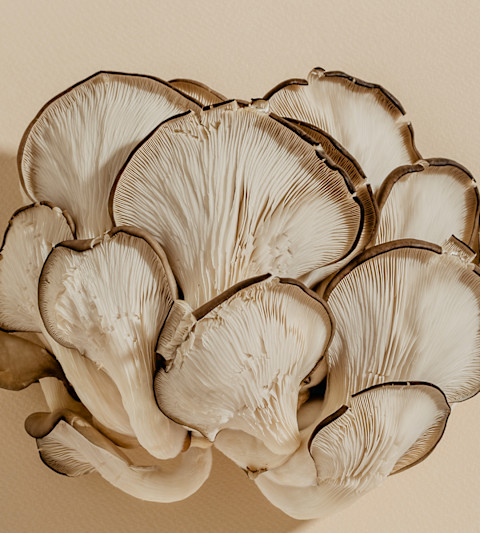
Oyster mushrooms look similar to, well, oysters—without the same slimy texture. These mushrooms are commonly used in Japanese, Chinese, or Korean dishes. They're slightly metallic-tasting when raw but have a mild, savory flavor when sautéed, grilled, or roasted.
Porcini mushrooms
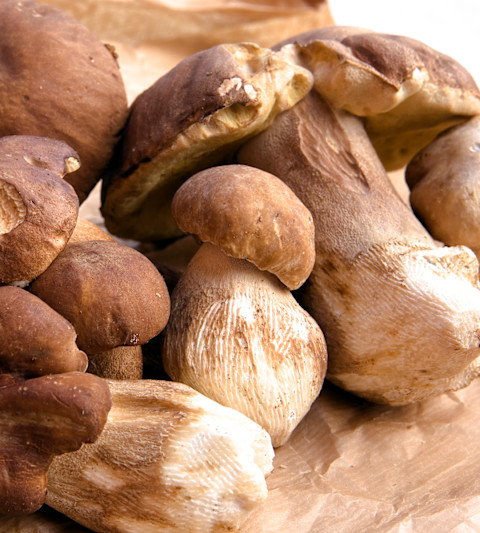
Porcini mushrooms grow at the base of pine trees and are a common part of French or Italian cuisines. These mushrooms are sold fresh or dried and tend to be on the expensive side. Compared to most mushrooms, they have a slightly more nutty flavor. "You can look to porcini mushrooms for protein, fiber, and iron," Wallace says.
Best for: Creamy pasta dishes and risotto.
Enoki mushrooms
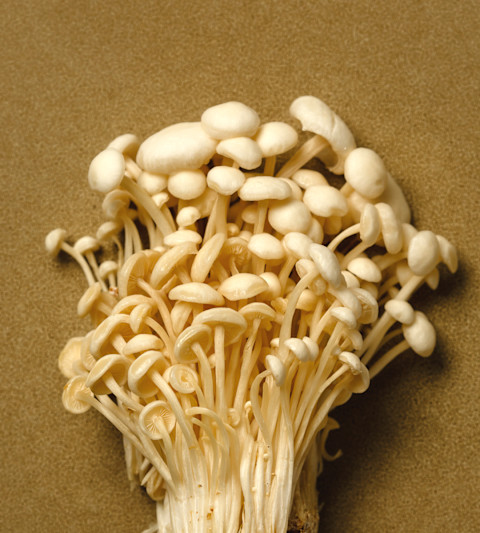
Enoki mushrooms are a cluster of mushrooms with long, thin stems and tiny button caps. You can eat them raw or cooked, and they're most commonly found in Asian cuisines. Enoki mushrooms are also rich in antioxidants and may have some anti-inflammatory and antimicrobial properties8.
Best for: Eating raw on top of salads, or cooked in stir-fries, noodle soups, or other Asian dishes.
Chanterelle mushrooms
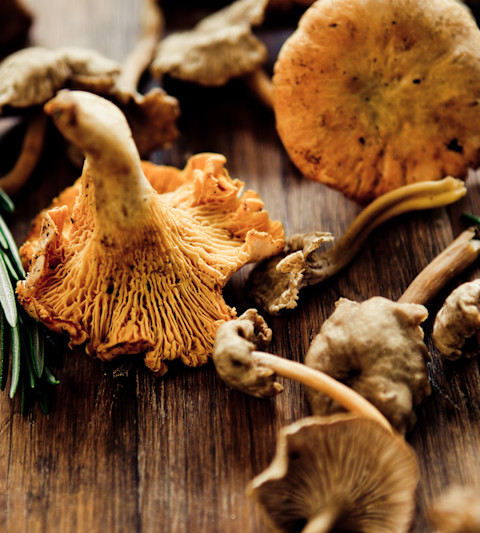
Unlike most neutral-colored mushrooms, chanterelle mushrooms stand out for their bright, golden hues. These mushrooms are difficult to cultivate, so they're most commonly found in the wild. They're known for their unique peppery and slightly fruity flavor.
Best for: Cooking in butter or other fats, serving on top of toast, pasta, polenta, or grain bowls.
Morel mushrooms
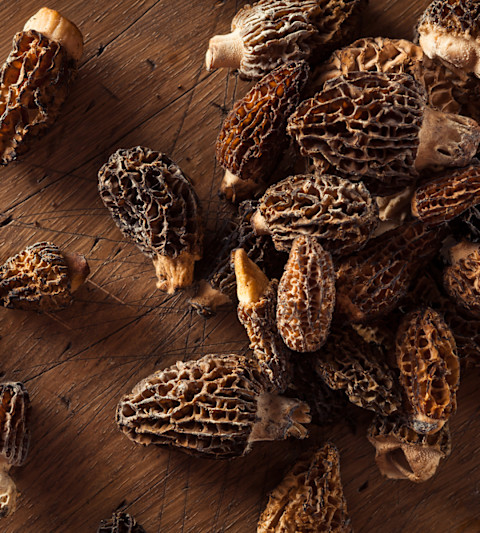
Morel mushrooms look more like a fruit pit than a mushroom. These porous mushrooms have to be foraged in the wild and are somewhat difficult to come by. Morel mushrooms have a nutty, meaty, and earthy flavor with a firm texture. Eating these mushrooms raw can cause stomach upset. But when you cook them, morels provide a variety of nutrients9, including iron, phosphorus, zinc, vitamin D, and more10.
Best for: Indulgent dishes like creamy pastas, pizzas, or served alongside steak or fish with vegetables.
Lobster mushrooms
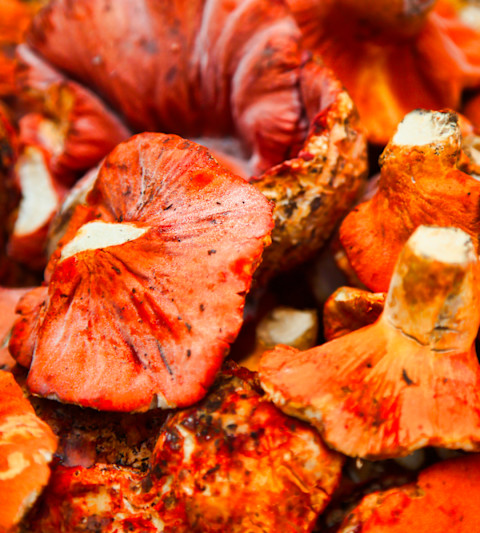
OK, so lobster mushrooms (Hypomyces lactifluorum) aren't actually mushrooms. They're actually a fungus that grows on the outside of mushrooms, turning them a vibrant red color. Along with the coloring, lobster mushrooms get their name from their seafood-like scent.
Best for: Lobster mac and cheese, lobster rolls, or any other lobster dishes that need a plant-based alternative.
King trumpet mushrooms
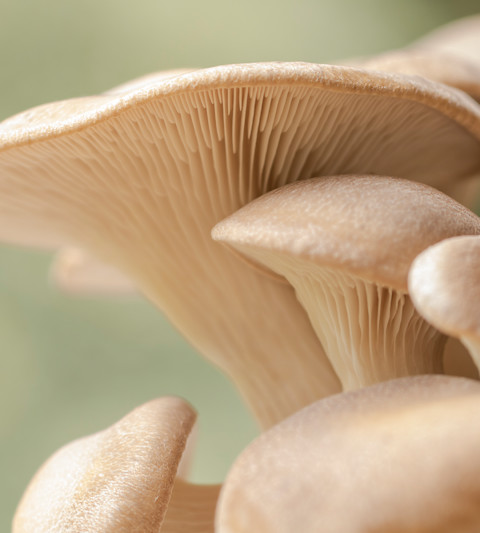
King trumpet mushrooms are the largest members of the oyster mushroom family. They look similar to the trumpet instrument and have a thick-stemmed base. They're native to the Mediterranean regions of Europe and can also be grown in Asian countries.
Best for: Vegan scallops, roasted or sauteed for a side, or, according to Moore, shredded nicely for pulled mushroom sandwiches.
10 Sources
- https://www.ncbi.nlm.nih.gov/pmc/articles/PMC5731843/
- https://www.ncbi.nlm.nih.gov/pmc/articles/PMC4530669/
- https://www.ncbi.nlm.nih.gov/pmc/articles/PMC4202470/
- https://www.ncbi.nlm.nih.gov/books/NBK92757/
- https://pubmed.ncbi.nlm.nih.gov/16230843/
- https://pubmed.ncbi.nlm.nih.gov/18047445/
- https://pubmed.ncbi.nlm.nih.gov/10624872/
- https://www.ncbi.nlm.nih.gov/pmc/articles/PMC5141589/
- https://pubmed.ncbi.nlm.nih.gov/28350213/
- https://fdc.nal.usda.gov/fdc-app.html#/food-details/168423/nutrients
